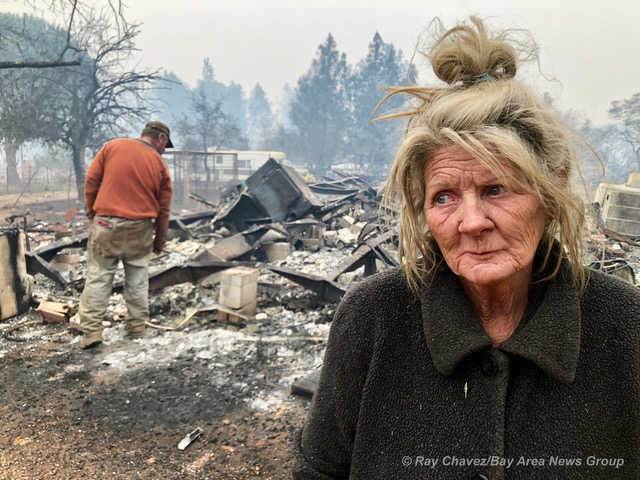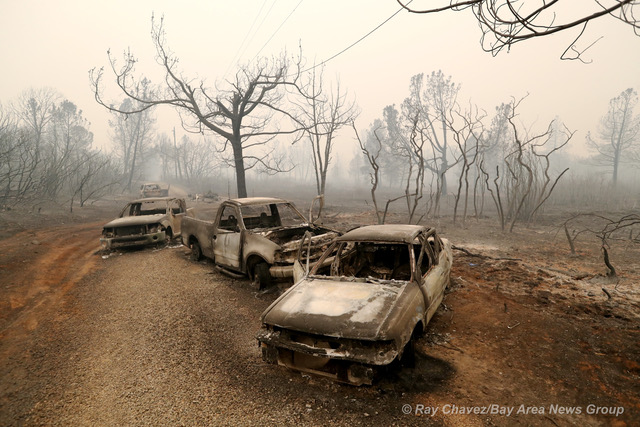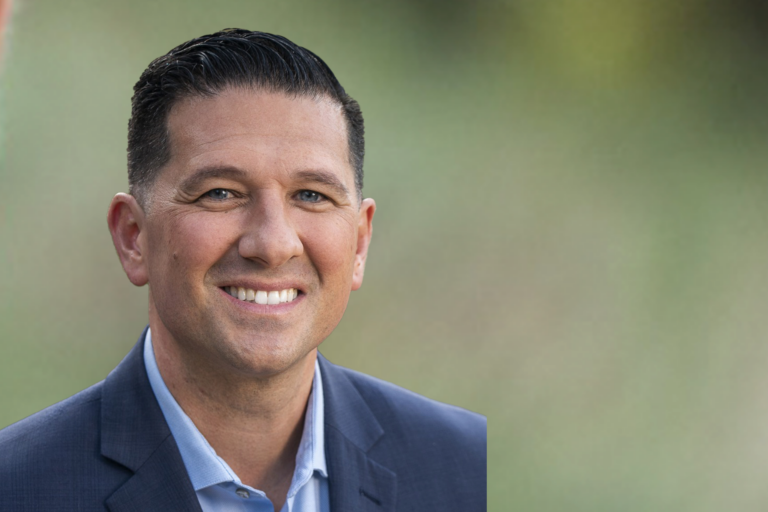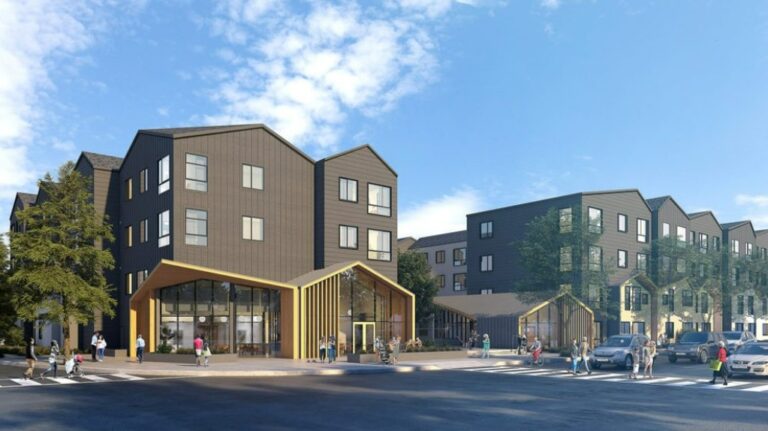A casi 8 años de la trágica desaparición forzada de 43 normalistas de la comunidad de Ayotzinapa, Guerrero, en México, poco o nada se ha resuelto de lo acontecido la madrugada del 27 de septiembre de 2014, por lo que es necesario visibilizar que el Estado mexicano sigue sin entregar cuentas de lo que hizo, señaló Cristina Bautista Salvador, madre de Benjamín Ascencio Bautista, joven de 19 años que desapareció esa noche.
Y es que, actos como el acontecido en México, merecen ser conocidos en todos los rincones del mundo, así como las voces de aquellos que sufren por la desaparición forzada de un ser amado, precisó la también activista durante la conferencia de prensa de la «Summit X Peace», que se llevará a cabo en febrero de 2023 en la Ciudad de México.
«Estamos otro mes más sin tener a nuestros hijos, sin tener los resultados. Y esto que se está organizando es muy importante para mi como madre de Benjamín, para que nos escuche de viva voz, porque sabemos que no somos los únicos que estamos sufriendo así, ‒también lo hacen‒ en todos los lugares en el mundo», señaló Cristina.

Destacó que todas estas desapariciones y violencia, es un dolor compartido. «Es el dolor de todos, es nuestro dolor, es el mismo sufrimiento. Eso nos hermana a todos para levantar la voz, para que nos escuchen y lleguemos con nuestras voces a todos los rincones, ‒que sepan‒ como estamos pasando esto en México y en otros lugares».
En mayo de este año, México supero la cifra de 100 mil personas desaparecidas, número que no alcanza a representar el sufrimiento de las familias que han perdido a un ser querido a manos de la delincuencia organizada, mismo que además de arrebatar vidas, se ha llevado los sueños y parte del corazón de quienes hoy lloran las pérdidas.
Tras el reporte de las más de 100 mil desapariciones forzadas en el país, el presidente de México, Andrés Manuel López Obrador, señaló que «se está haciendo un trabajo, como nunca, de búsqueda. Ningún gobierno se había ocupado de los desaparecidos como ahora. Toda la Secretaría de Gobernación está dedicada a eso y a buscar fosas clandestinas».
Si bien las más de 100 mil desapariciones datan desde 1964, 30 por ciento corresponden al gobierno encabezado por López Obrador, mismo que atribuyó dicho incremento a que «puede ser que los buscamos y que antes no».
El mandatario volvió, una vez más, a responsabilizar al ex presidente Felipe Calderón, pues dijo: «no se debe de olvidar de que hubo una guerra contra el narcotráfico y durante esa guerra murieron muchos y los desaparecían. Entonces, cuando nosotros llegamos ‒al gobierno‒ asumimos la responsabilidad de buscarlos y de ayudar a los familiares y es lo que estamos haciendo. Sin ocultar nada».
En ese momento, el mandatario mexicano comparó la situación con el aumento en feminicidios, los cuales, señaló, «antes no se consideraba como un delito con esas características, los asesinatos de mujeres, y a partir de que llegamos se empezó a clasificar».
Sin embargo, la realidad es otra, diversas organizaciones han puesto en entredicho lo señalado por López Obrador, mejor conocido como AMLO, pues destacan que la situación se ha agravado, tanto en desapariciones forzadas, como en feminicidios.
Ante ello, Cristina Bautista, resaltó que eventos como la «Cumbre X la Paz», realizada en conjunto por diversas organizaciones civiles y de Derechos Humanos, tanto en México como de Estados Unidos, lideradas por la organización sin fines de lucro Global Exchange, serán de suma importancia para impulsar la lucha y conocer de viva voz lo que hacen y exigen a las autoridades madres y padres de los 43 desaparecidos de Ayotzinapa.
«Esto que están organizando sabemos que es muy importante para los padres y madres de los 43 porque nos van a escuchar de viva voz. Que se sepa que aquí seguimos como madres y padres buscando a nuestros hijos y seguimos exigiendo al gobierno que nos los presente con vida, porque como dice la consigna “¡Vivos se los llevaron! ¡Vivos los queremos!”».
«Porque fue el Estado quien los desapareció y el Estado es quien tiene que solucionar el caso Ayotzinapa. Entonces, es muy importante que nos escuchen de viva voz de lo que estamos pasando y lo que estamos sufriendo», subrayó.
La Cumbre X la Paz tendrá lugar el 27 de febrero de 2023 en la Ciudad de México, donde mujeres, comunidades indígenas, nativoamericanas, afroamericanas y más de 50 organizaciones, presentarán los resultados de sus trabajos y promoverán una serie de acciones binacionales para impulsar la justicia social, los derechos humanos y la igualdad en la vida democrática y en las relaciones de México y Estados Unidos.
Los interesados en conocer más acerca de la Cumbre binacional pueden ir al los sitios www.cumbrexlapaz.org and www.peacesummit2023.org.
You may be interested in: Mexicans, Guatemalans and Hondurans among migrants killed in Texas



























